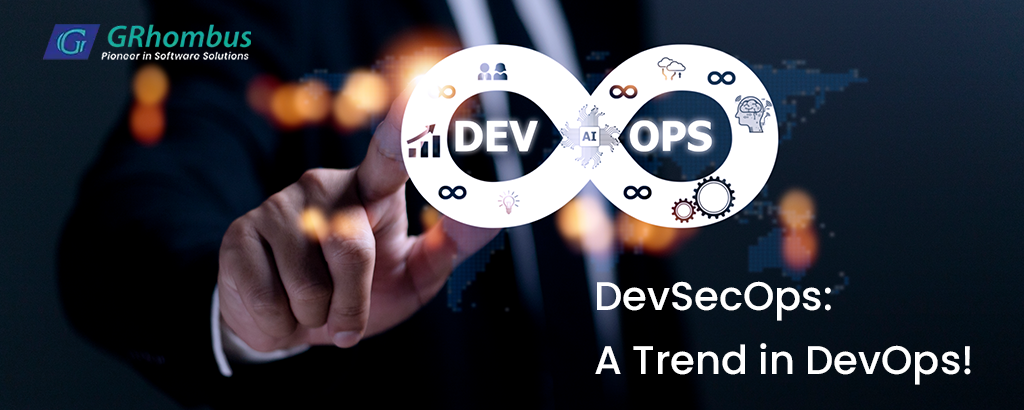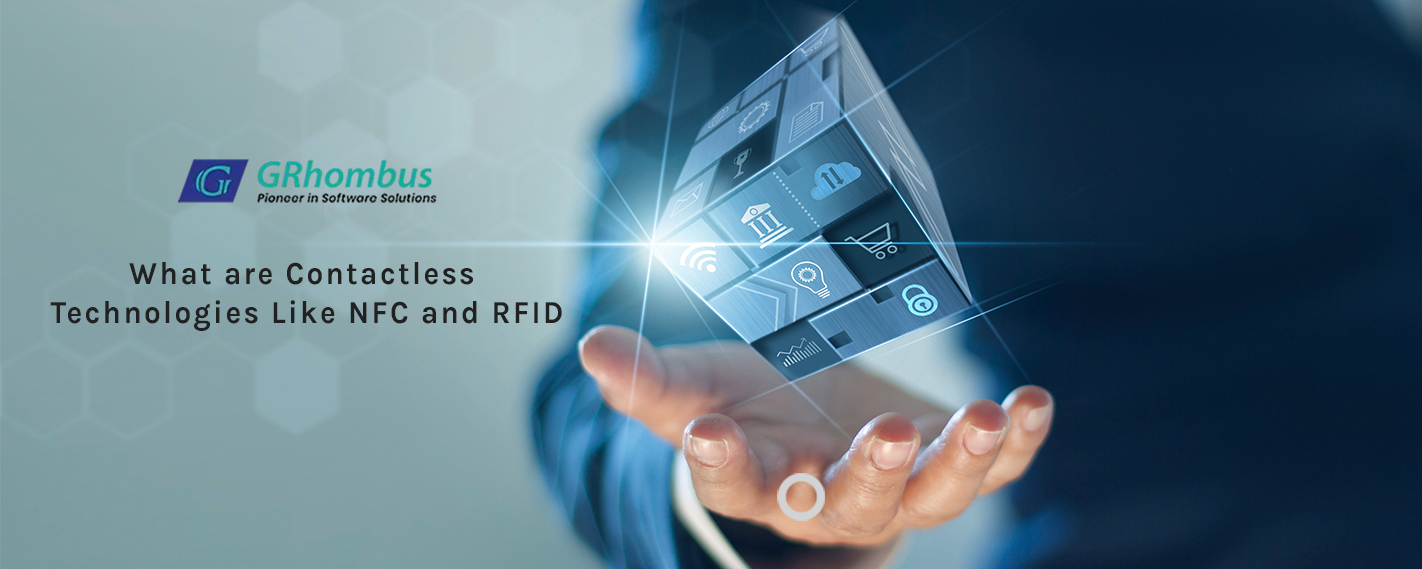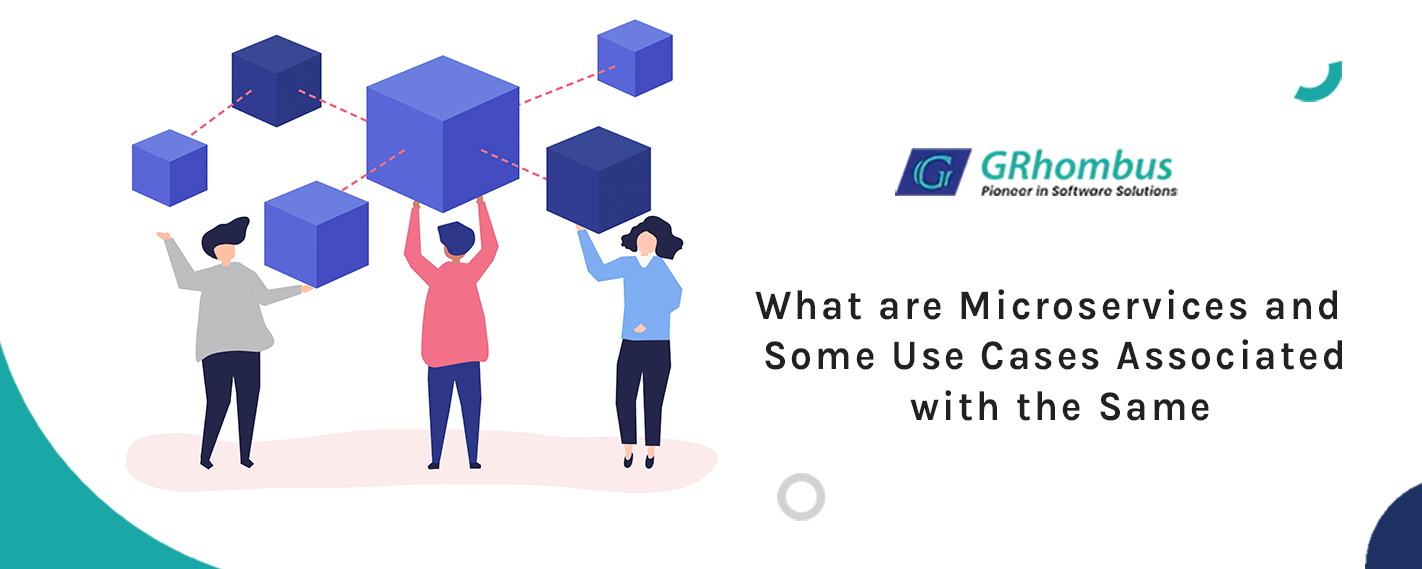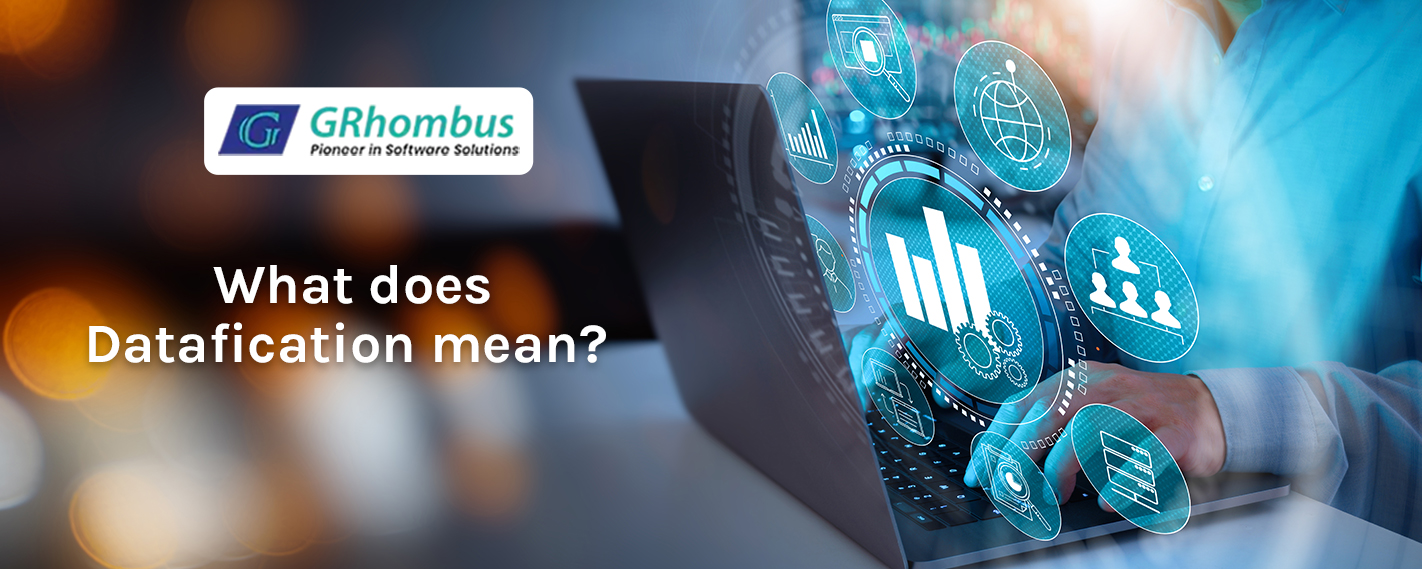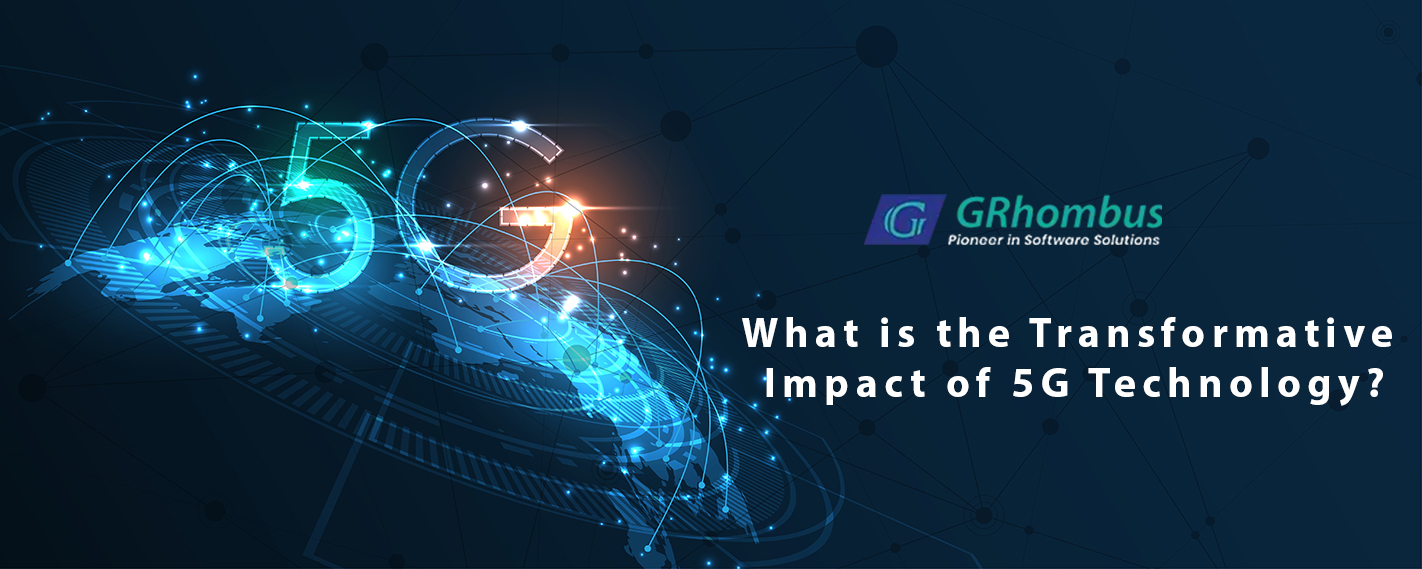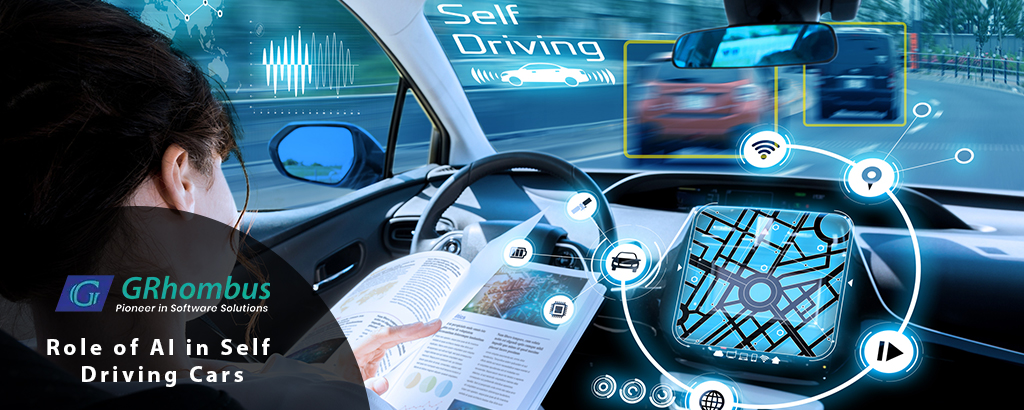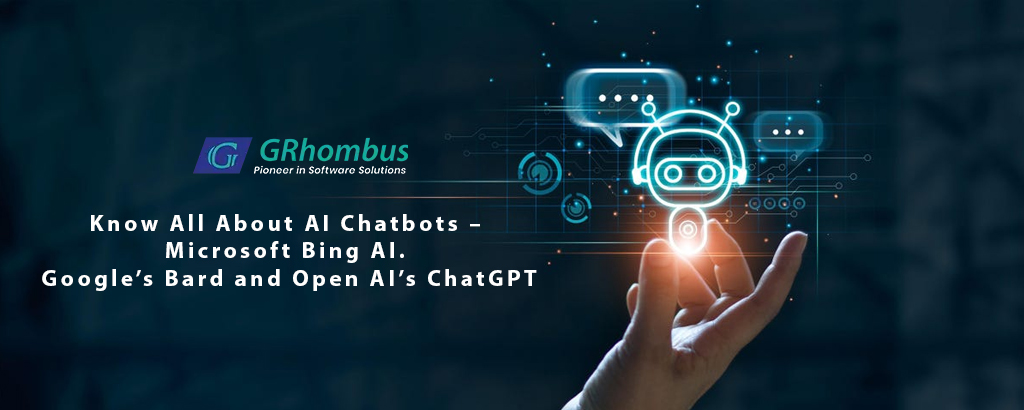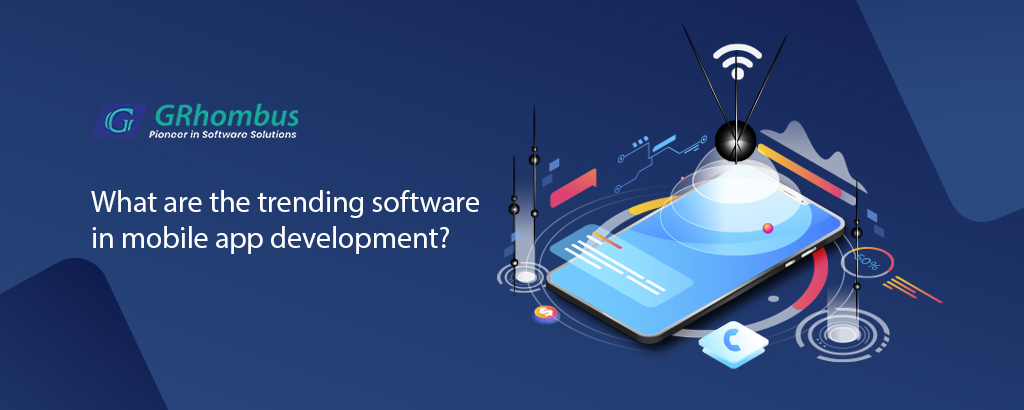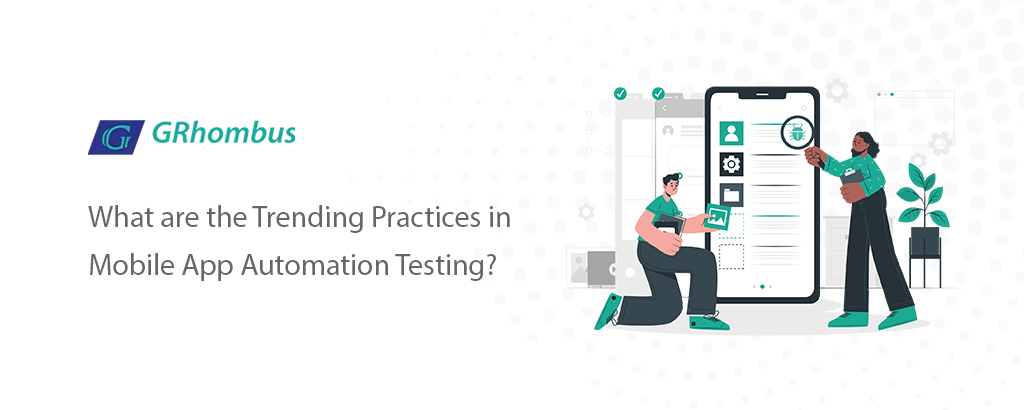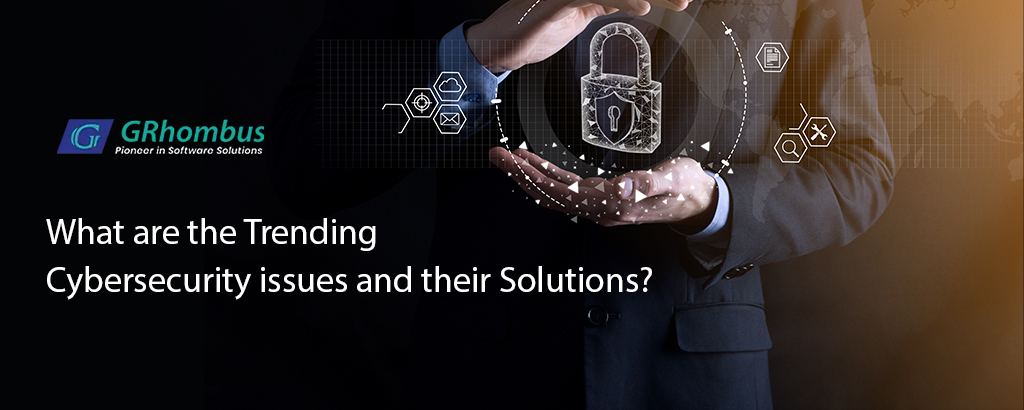DevOps is an approach to software development that emphasizes collaboration and communication between development and operations teams. Some of the key advantages of DevOps are:
- Faster development of solutions and time to market
- Higher quality is achieved as defects in software development and coding is reduced. Tracking of tasks is also made easy.
- There is good communication between the development and operation teams and thus any knowledge silos are broken down.
- There is increased efficiency in the process and DevOps supports and builds agile processes.
As the importance of cybersecurity continues to grow, a new trend has emerged: DevSecOps. This approach emphasizes the integration of security practices into the DevOps process, ensuring that software is secure by design. This will thus help lock down defects and ensure that no separate process is required considering security aspects or vulnerabilities. It will also make the development process and architecture more robust.
The concept is not new, but has gained prominence due to significant security threats and compromises that have happened in recent years. With DevSecOps, security is built into every stage of the software development lifecycle, from design to deployment.
One of the key benefits of DevSecOps is that it helps organizations identify and address security vulnerabilities earlier in the development process. By integrating security testing and analysis into the development pipeline, organizations can catch security issues before they become more difficult and expensive to fix later in the process. This approach also helps to create a culture of security within the organization, where everyone involved in software development is responsible for ensuring that software is secure.
Another benefit of DevSecOps is that it can help organizations comply with regulatory requirements related to cybersecurity. By ensuring that security is built into the development process, organizations can more easily demonstrate compliance with regulations such as GDPR, HIPAA, California Security and Privacy Laws and PCI DSS.
DevSecOps also requires a shift in mindset from the traditional DevOps approach. Developers and operations teams must prioritize security and work together to identify and address security issues. This means that security professionals must be involved in the development process from the beginning, rather than simply conducting security audits after the fact. Specialized consultants and companies can also be involved to increase the knowledge pool and thus make the entire process sounder and more stable.
In summary, the advantages of shifting to DevSecOps are listed below.
- Security is built into the system and development cycle
- Easy to demonstrate compliance with various legal norms
- Security issues are identified early and fixed
- Increased collaboration and communication between various teams
- Expensive remediation efforts in the event of a security breach are minimized
However, it is not very easy to shift to DevSecOps as it requires a fundamental change in mindset. A culture based on security must be created in the organization and security analysis and testing must be made a part of the development process. Automated tools may also need to be purchased to find out vulnerabilities. One must also have an understanding of the evolving cyber security challenges and the legal landscape and stay up to date with the latest trends and developments.
Why GRhombustech?
GRhombustech is a leading custom software development company in the UK and among the reputed cyber security companies in the UAE. Driven by passion, we have key partnerships with companies across the globe in different areas and thus have the capability to offer all-around solutions to customers. Our speciality lies in delivering tailor-made solutions for organizations, and we take pride in our collaborative approach and holistic thinking.
Our team of experts serve clients across Europe, UK, USA, Middle East, and we cherish our long-term relationships with them built on values, engaging solutions and trust. GRhombus Technologies Private Limited is a subsidiary of GRhombus Consulting and has offices in Europe, with delivery centres in India.
Have some security needs or questions? Contact us now!
